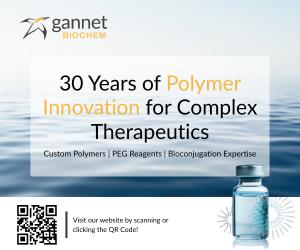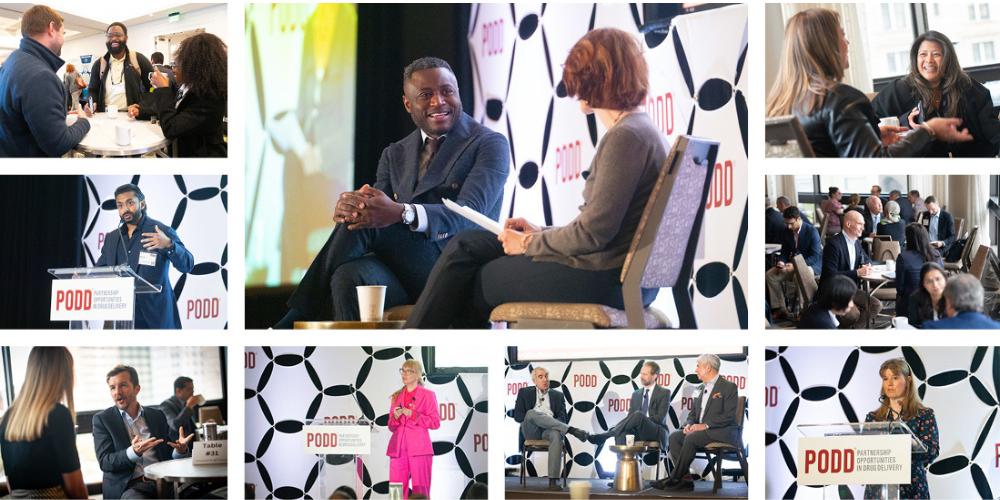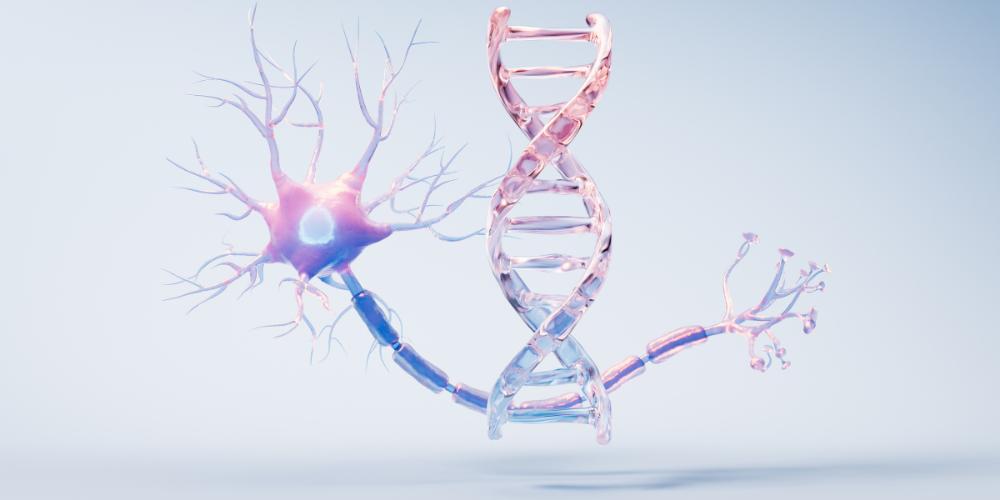
What is your group currently focused on?
My group is focused on drug delivery and manufacturing for global health applications. We are working in the area of vaccine, cancer immunotherapy and micronutrient delivery.
We are particularly interested in applications that require very unique kinetics to be therapeutically relevant. For example, developing optimal kinetics and sequences for how certain drugs or molecules are presented to the body to achieve an enhanced response that has not been studied because the technology to do so was not previously available.
What does “kinetics” refer to in this context?
It could simply be the schedule, dose or sequence, or a combination of those. And it could also be the kinetics of each dose. For example, in the case of vaccines, usually a prime or first dose is given, followed by a quiescent period, and then a second dose. Each dose can differ in its magnitude, and can be a pulse or a more gradual release.
In the AstraZeneca Covid-19 vaccine clinical trial, they inadvertently had a group that first received a low dose, and then one month later, a high dose. This ended up being the group with the better response compared to two high doses. It shows that we are used to doing something a certain way (i.e. 2 standard doses) because it works well enough, but there’s a lot of opportunity to see if there are better ways to present vaccines.
"The core-shell structure of the particles allow for discrete pulsatile kinetics. That was the novelty of this work. And it’s also a true platform; we can essentially load any drug."
Your group is working on SEAL (StampEd Assembly of polymer Layers) for pulsatile release. Can you expand on that?
SEAL is a way of manufacturing thousands of tiny particles, smaller than a grain of sand, and shaped like cups that are filled with different therapeutics that can release at various time points.
We inject particles containing vaccines that stay in the body for a long period of time and release the vaccine at different predetermined intervals and very discreetly. For most of our work the time period has been up to six months. In that, the interval has been anywhere between weeks and to six months. In the shorter period, we have particles that release every few days or every week.
How novel is that technology?
This technology is very novel. It’s very challenging to obtain pulsatile kinetics from biodegradable drug delivery particles once they are injected. Usually, polymer particles release gradually, and it’s very difficult to get bursts months after they are injected without any leakage beforehand. It is the core-shell structure of the SEAL particles that allows for discrete pulsatile kinetics. That was the novelty of this work. And it’s also a true platform; we can essentially load any drug in the SEAL particles.
Is there the potential for releasing multiple drugs, encapsulated in their own cups, but released in the same injection?
Yes. We are working with the inactivated polio vaccine (IPV) that has three different serotypes. They are encapsulated in different cups, and have three release points, 1-2 months apart, over a six-month period. We make all these, mix them together and give them in a single injection. In rodents, a single shot of these particles produces the same immune response as 3 shots of the un-encapsulated vaccine.
What was the original idea for such a novel delivery system?
This project started with our collaboration with the Bill and Melinda Gates Foundation, where we were discussing how we could develop self-boosting vaccines. Prior to the current pandemic, it was estimated that 20 million infants worldwide were under-immunized leading to 1.5 million vaccine-preventable deaths.
Many of these vaccinations require multiple shots and it’s often hard to have repeated access to these children. Self-boosting vaccines could address this and potentially save many lives.
How did you begin the process of taking that idea into the lab?
My background is in drug delivery and our field has primarily used matrix-based degradable particles to deliver biologics: spherical particles that have the drug all throughout, including the surface. That’s what leads to release kinetics consisting of an initial burst when injected in the body. This then creates pores, through which large molecules slowly diffuse out, leading to a secondary gradual release of the drug. But for vaccine delivery, we needed multiple bursts.
The hypothesis was simple: if we separate the drug from the polymer with a core shell particle structure, then everything will release at once (in a pulse) when the shell breaks. This meant that we needed to create a fine structure at a very small scale – smaller than a grain of sand. We wanted to work with polymers like PLGA, which are FDA-approved and have a strong record of safety.
At first we tried to fabricate a sphere with the drug in the core but we failed over and over again. And then we had a meeting, where my postdoc (Thanh Nguyen, now a professor at UConn) asked, “Does it have to be a sphere?” and suggested making a cube in layers that could be closed. That was the successful design and was published in Science.
Your lab mentions work in “nanocarrier-based vaccine approaches targeting protected memory responses after parenteral immunization.” Can you explain what this means?
When vaccines are administered via a parenteral injection, they are effective but generally do not impart mucosal immunity. That is the mucous layers in the gut, nose, mouth or lungs may harbor the pathogen or virus even though the individual shows no signs of infection. This means the virus can still replicate, and the individual can shed it. It can mutate, and lead to new virulent strains, similar to what we are seeing with Covid-19. So how do we prevent that?
In collaboration with immunologist Ulrich von Andrian at Harvard, we’re developing a mucosal nanoparticle adjuvant based on a vitamin A derivative that has been shown to be gut-homing. This, injected with the specific antigen or vaccine for an enteric disease, can hone the immune cells to the small intestine, imparting mucosal immunity.
The honing aspect of these molecules was published in Science several years ago, but we’re trying to show now that this can be translated to a clinical relevant model with the inactivated poliovirus vaccine. If successful, this novel vaccination platform holds the promise to more effectively prevent enteric infections and will have a positive impact on global health.
We’re currently working on gut honing but other mucosal layers are of interest to us, especially in the upper respiratory tract, where homing of immune cells could help better fight infections such as COVID-19.
"That’s the secret sauce, if you will: having these interdisciplinary teams that are working together to try to translate technology."
What are the questions you’re pursuing in cancer treatment?
In the area of cancer, we are interested in how drug delivery can help make immunotherapy more potent. One question is “Are there particular windows of opportunity for immuno-stimulating drugs to be most effective?” Another area of interest is around safety and targeting: “Can we deliver a lower but efficacious dose locally and prevent unwanted systemic side effects?”
The drug delivery tools we developed allow for fine tuning of kinetics and the sequence of presentation of drugs that can be delivered together. For example, we can leave particles behind after tumor resection which release STING agonist for weeks locally and in discrete pulses. We are now studying how combination therapy in unique sequences of chemotherapy and immuno drugs can be optimized for efficacy.
What do you think makes the Langer Lab so successful?
It’s a combination of several aspects. One is asking questions that can have a huge impact. The other is working in interdisciplinary teams, with very different views and expertise, to solve very difficult problems together. That’s the secret sauce, if you will: having these interdisciplinary teams that are working together to try to translate technology.
It’s very challenging to do translational research and take something that works in the lab to people. And while our focus is to make things work, we often find that fundamental scientific principles are the key.
Collaborations, with foundations and clinicians, are also extremely important, especially feedback about what would be acceptable in the field or clinic. This adds constraints to the problem being solved and helps anticipate what is needed to have a practical and successful solution.
What are the next big questions you want to tackle?
In the area of vaccine delivery, I’d like to understand if there are kinetics that will lead to better immune responses. And does that involve changing the kinetics, presentation, or delivery (or a combination of all three). I’m also very interested in developing tools for pandemic readiness such as decentralized vaccine manufacturing. There are a lot of challenges to realizing this, including quality control and the technical aspects. But a successful solution could alleviate a lot of the problems we encountered during this pandemic and have a big impact on global health.








